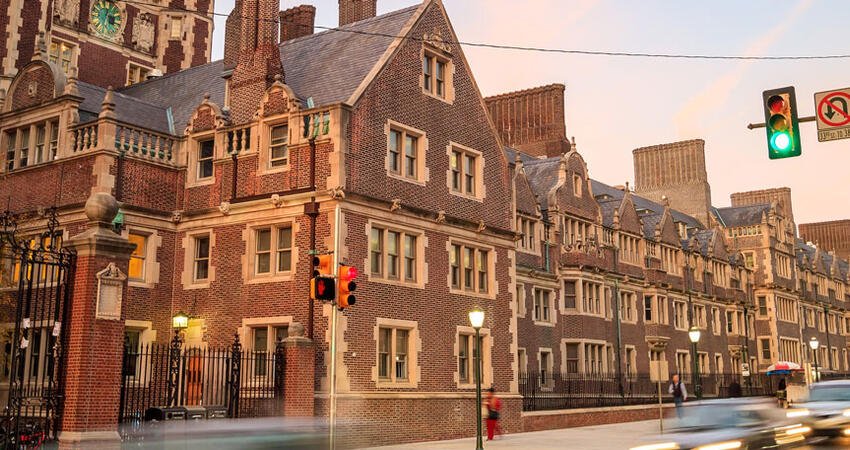
Investments by Anchor Institutions Are Associated with Neighborhood Improvements
- Title:
- Investments by Anchor Institutions Are Associated with Neighborhood Improvements
- Author:
-
Meagan M. Ehlenz
- Source:
-
Urban Affairs Review
- Publication Date:
-
2015
To address deteriorating conditions in its surrounding neighborhood, the University of Pennsylvania implemented the West Philadelphia Initiatives (WPI) in 1996. The WPI included several programs designed to improve neighborhood services, housing choice and homeownership, commercial development, economic inclusion, and public education. Adding to the visual and anecdotal evidence of the program’s impacts, a study published in Urban Affairs Review provides the first quantitative evaluation of the neighborhood’s changes in demographic, socioeconomic, and housing trends over time. Using data from the decennial censuses and five-year American Community Survey estimates, the author analyzes neighborhood change by dividing University City into two areas for comparison: (1) a 10-block area that received all WPI interventions, including access to a university-sponsored neighborhood school called the Penn Alexander School (PAS), and (2) all other blocks located in University City that received most of the initiative’s interventions but did not have access to PAS. The author further compared University City with trends for all of West Philadelphia.
Key findings:
- The WPI is associated with neighborhood improvements in University City. Before the implementation of the WPI, University City underwent a decline similar to the rest of West Philadelphia in demographic, socioeconomic, and housing factors. After the enactment of the WPI, University City saw small improvements.
- The PAS neighborhood experienced greater success than the rest of University City. The area with access to PAS saw its population grow, wealth increase, and homeownership rates rise, while the rest of University City saw a decline in those measurements.
- Strong neighborhood schools can be an important tool for improving neighborhoods, demonstrated by the disparities between the areas in University City with and without access to PAS. Yet, this improvement has placed great pressure on the housing market and changed the demographic and economic composition of the neighborhood.